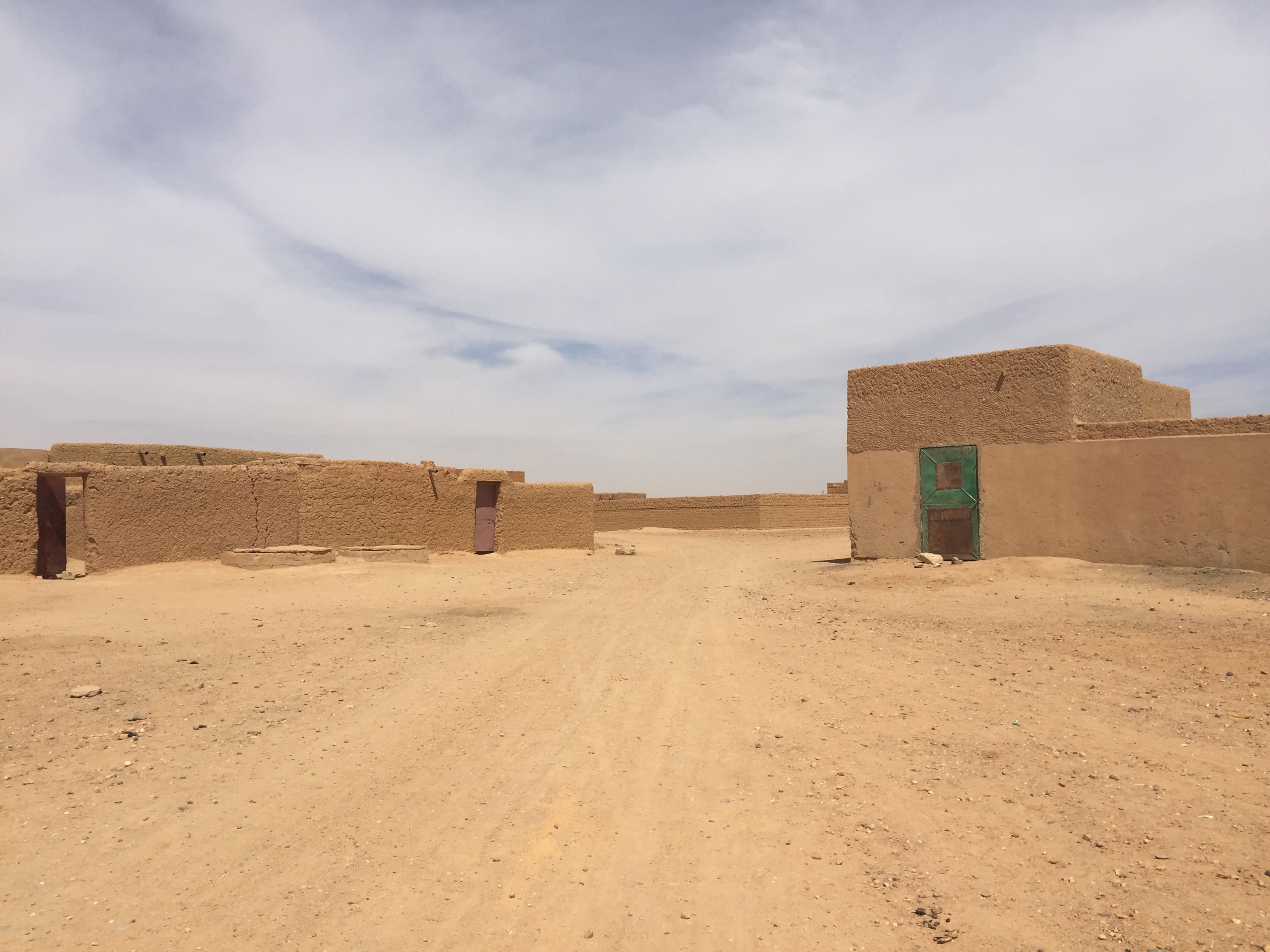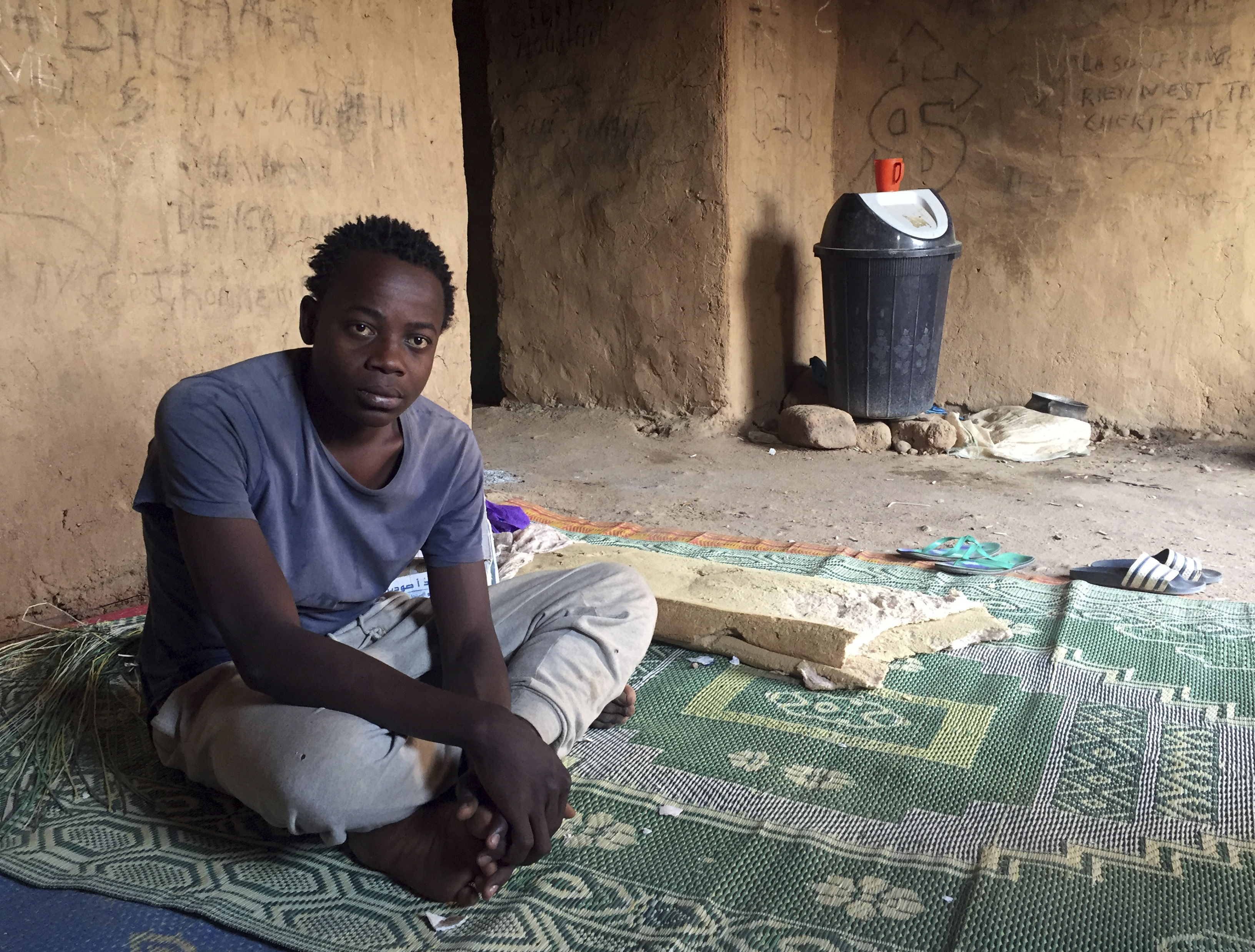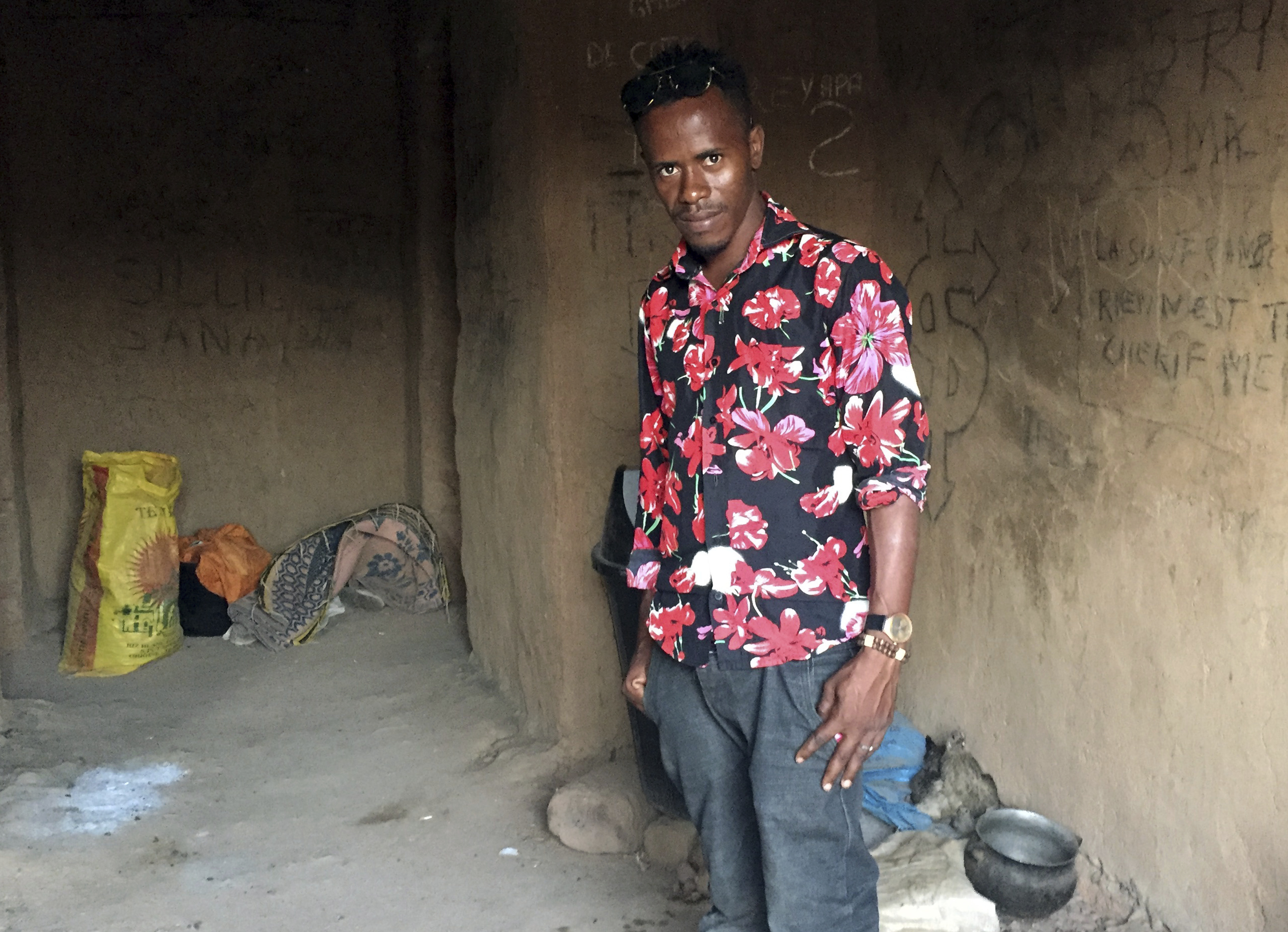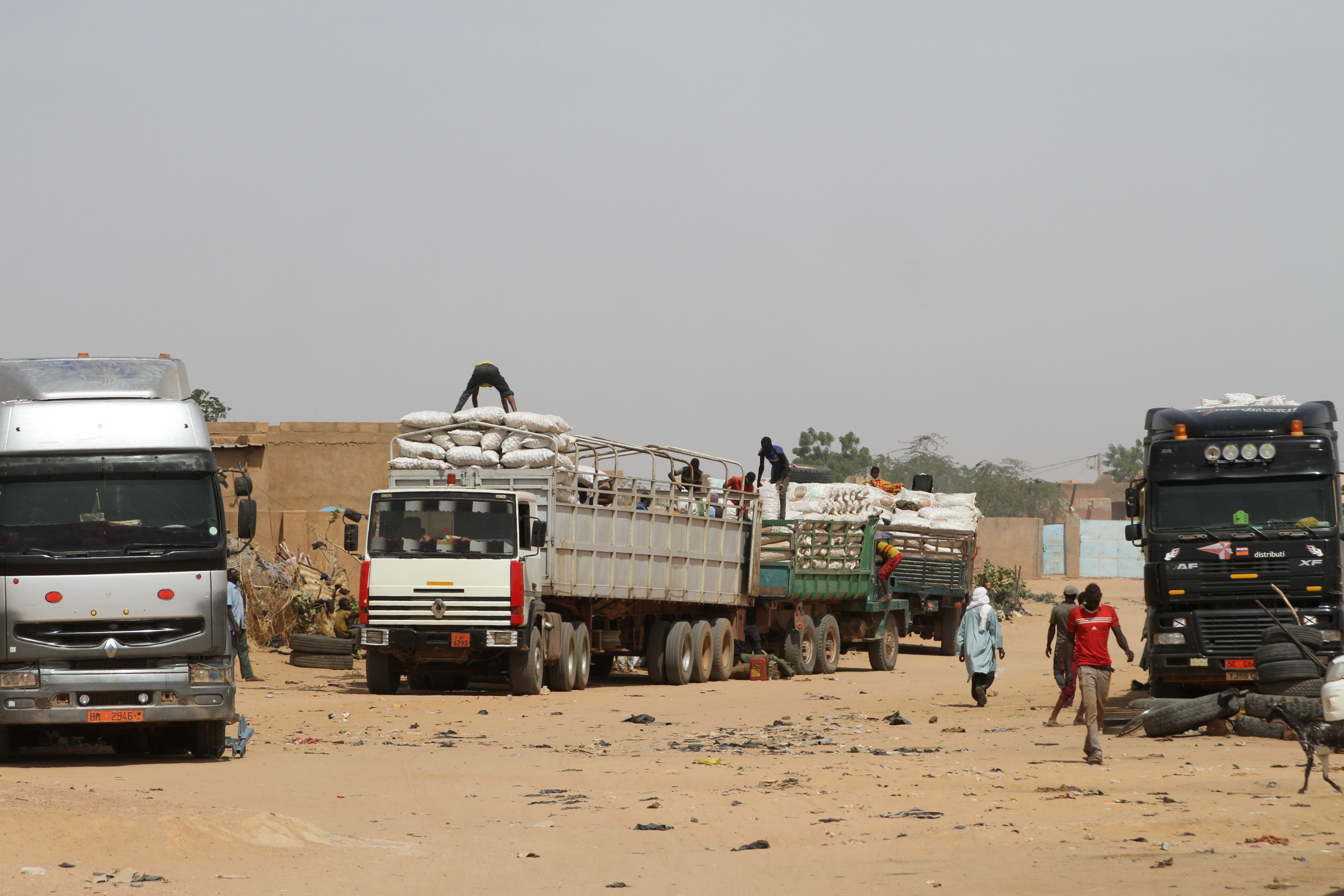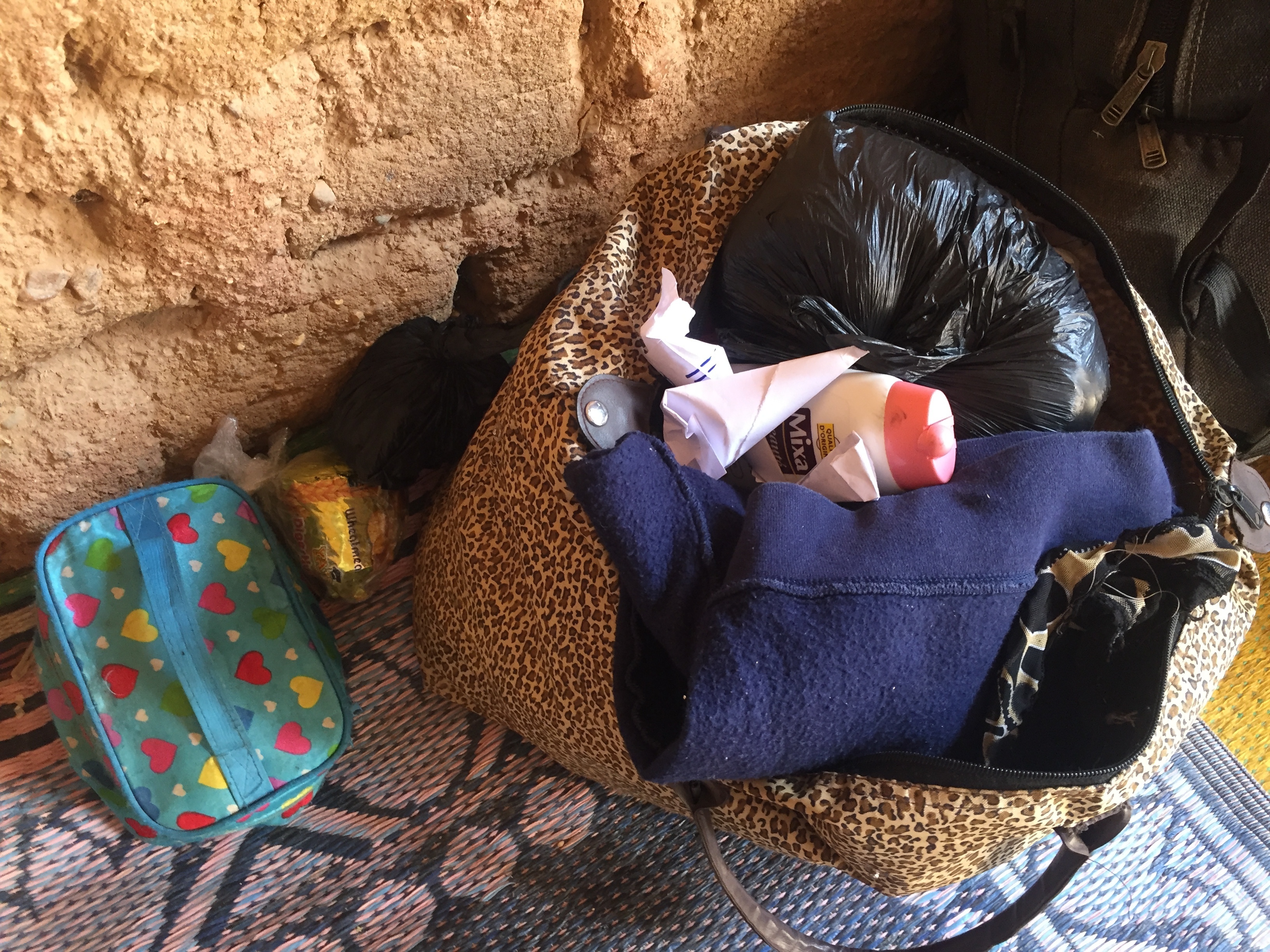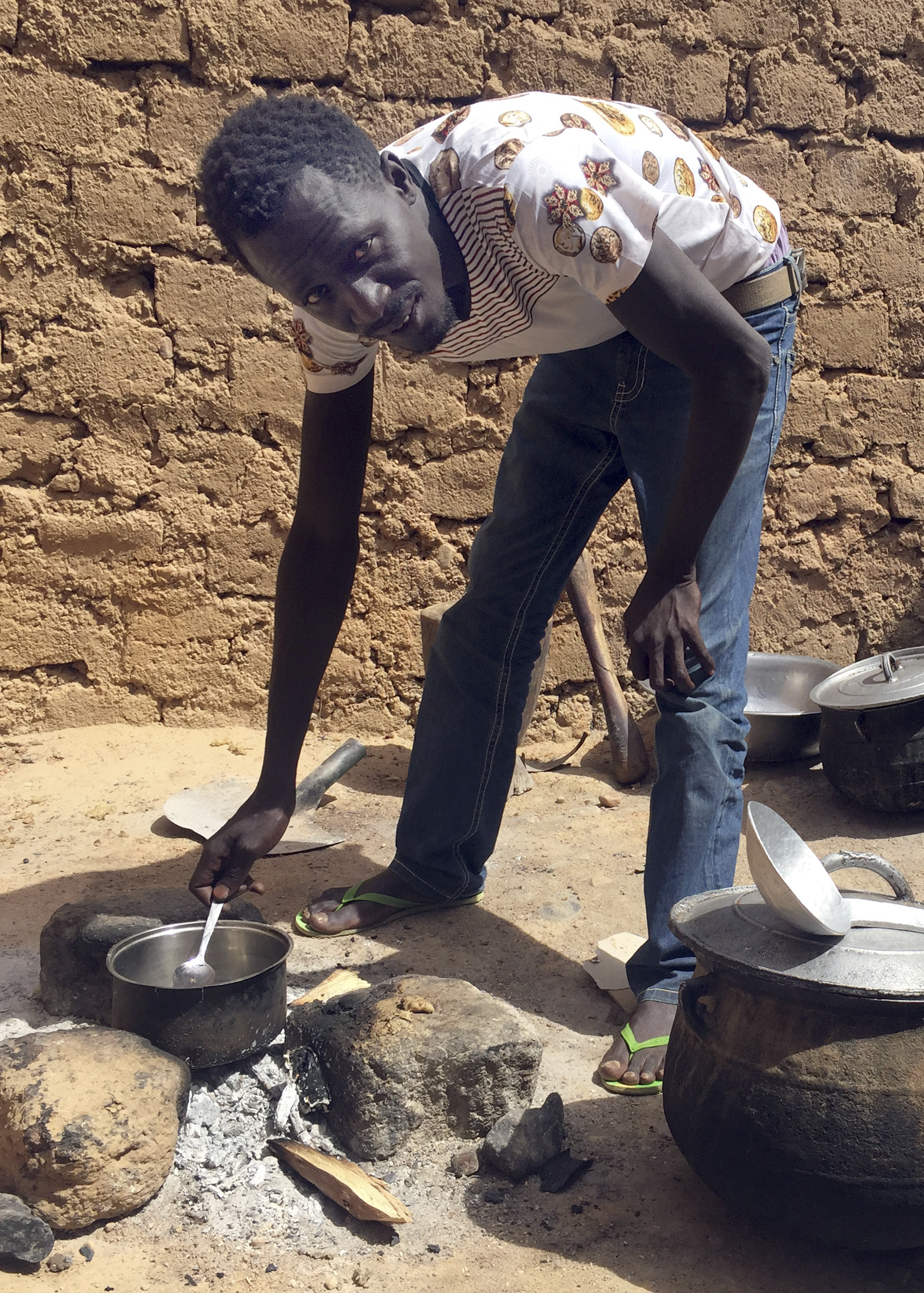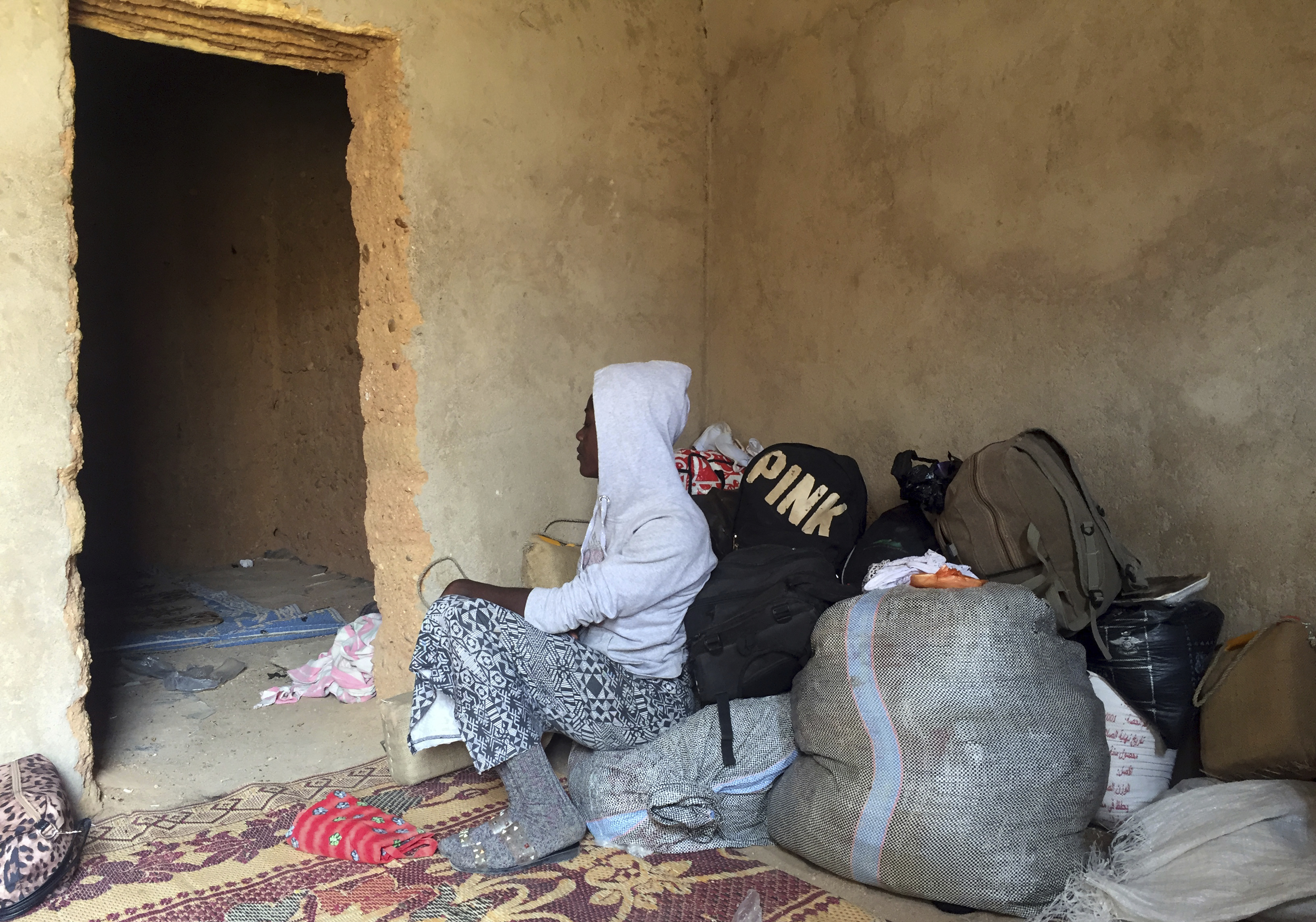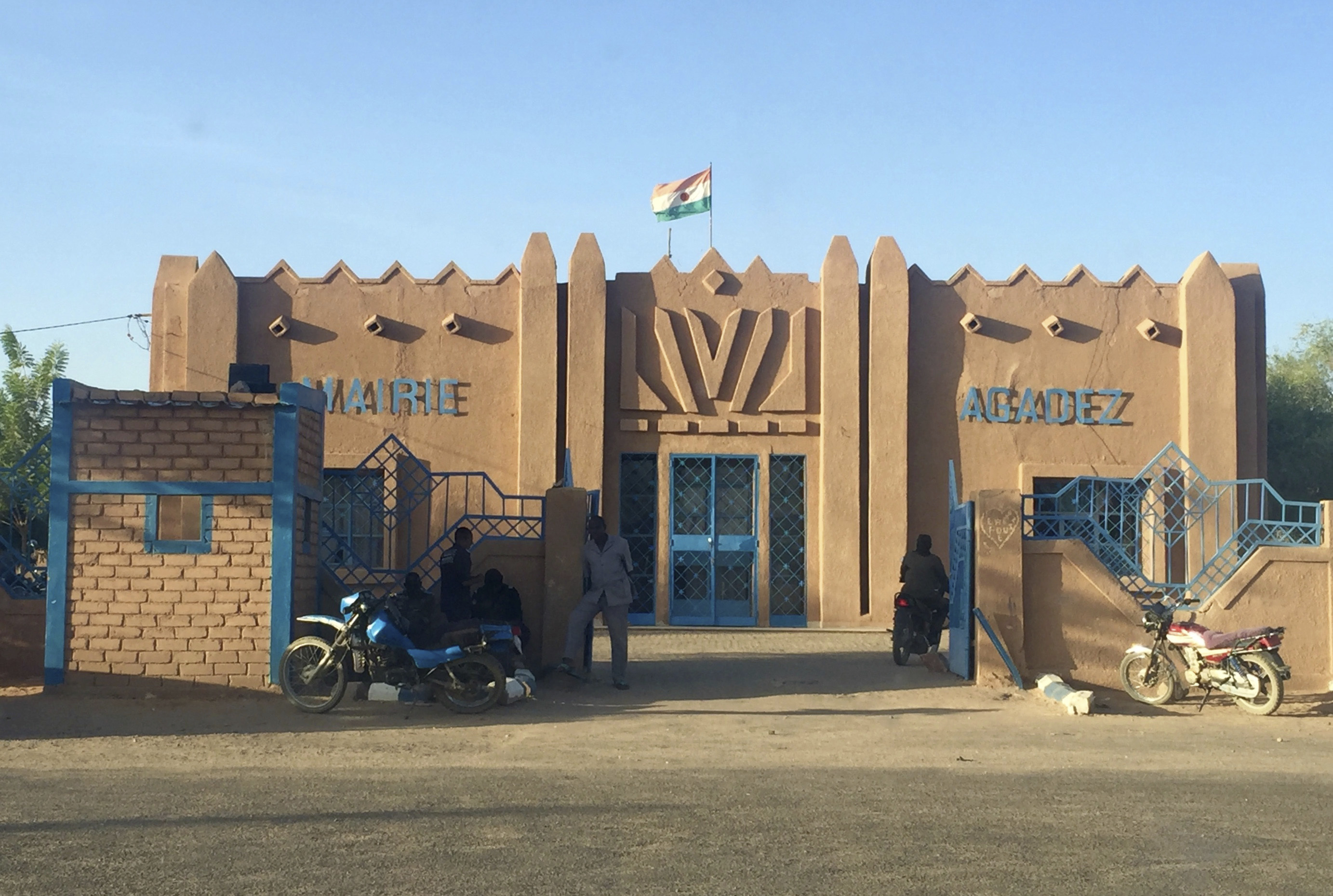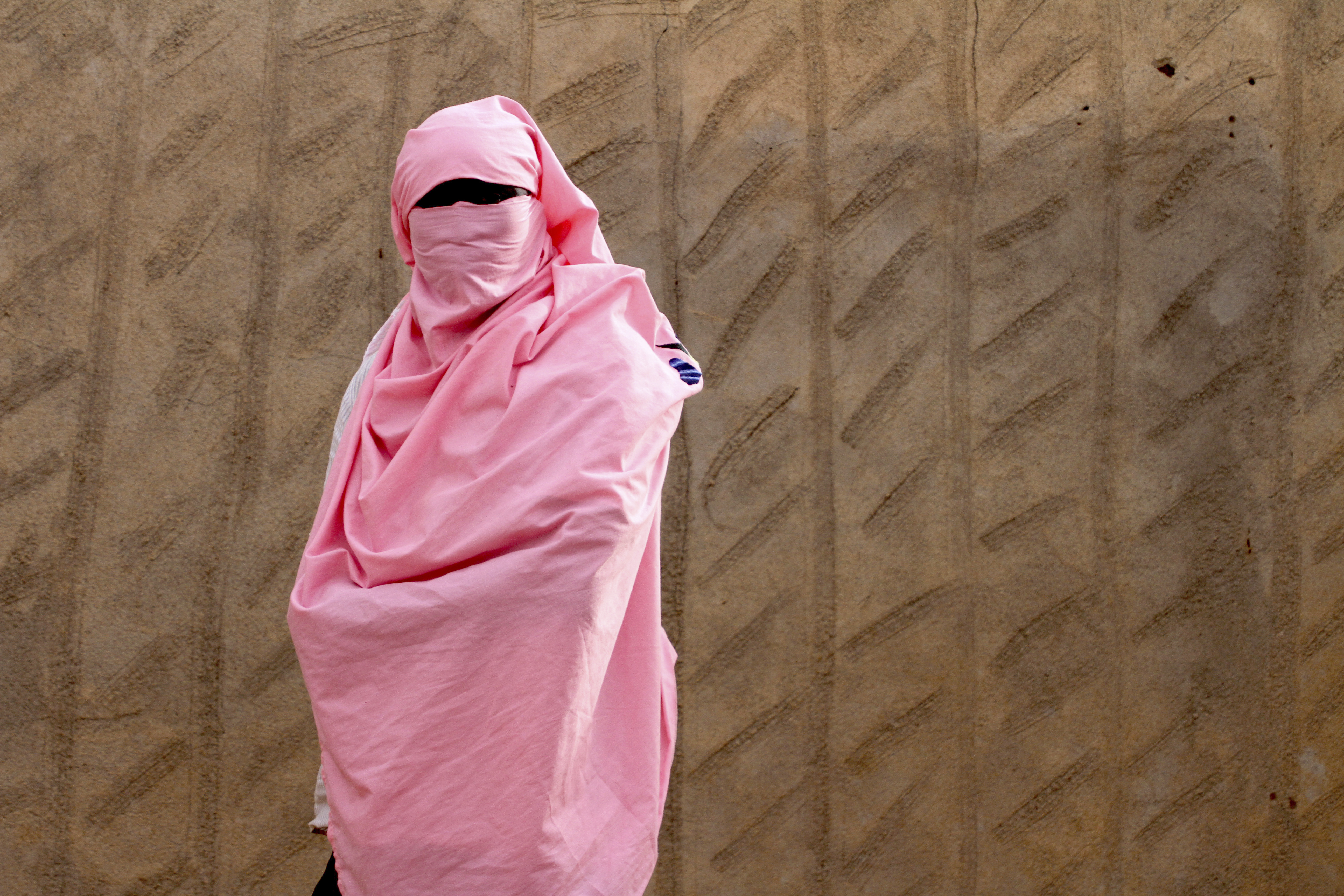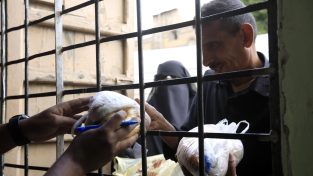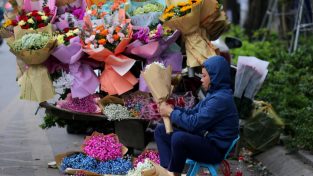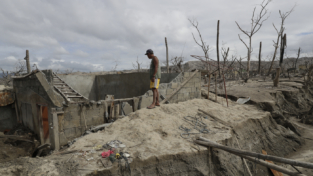Le nostre frontiere e il Niger
Nelle foto dell’agenzia Ap i volti e i luoghi delle rotte migratorie che attraversano il Niger per arrivare in Libia dirette in Italia. La decisione di inviare una missione militare in questo Paese africano rientra tra gli ultimi atti del governo Gentiloni prima della fine della legislatura giustificato dal «nostro interesse nazionale». Lamissione, dichiarata non di combattimento, sarà svolta di concerto con Francia, Germania, Stati Uniti e cinque Paesi africani.Dalle pagine di Avvenire non si morzano le critiche del missionario Mauro Armarino secondo il quale come itlaini «Ci aggiungiamo a chi con il pretesto del contrasto al terrorismo persegue solo la geopolitica delle risorse. Uranio e non solo, in Niger, in Mali e fino alla regione del Lago Ciad. Una logica guerrafondaia – afferma – che purtroppo da tempo anche l’Italia ha sposato». Analisi della questione su cittanuova.it
